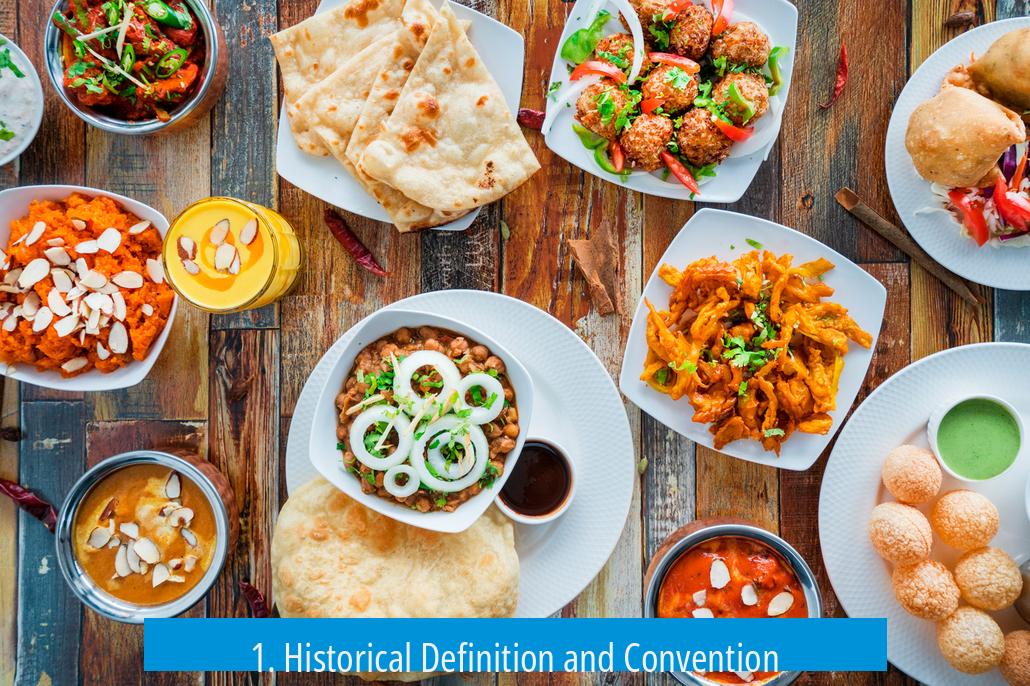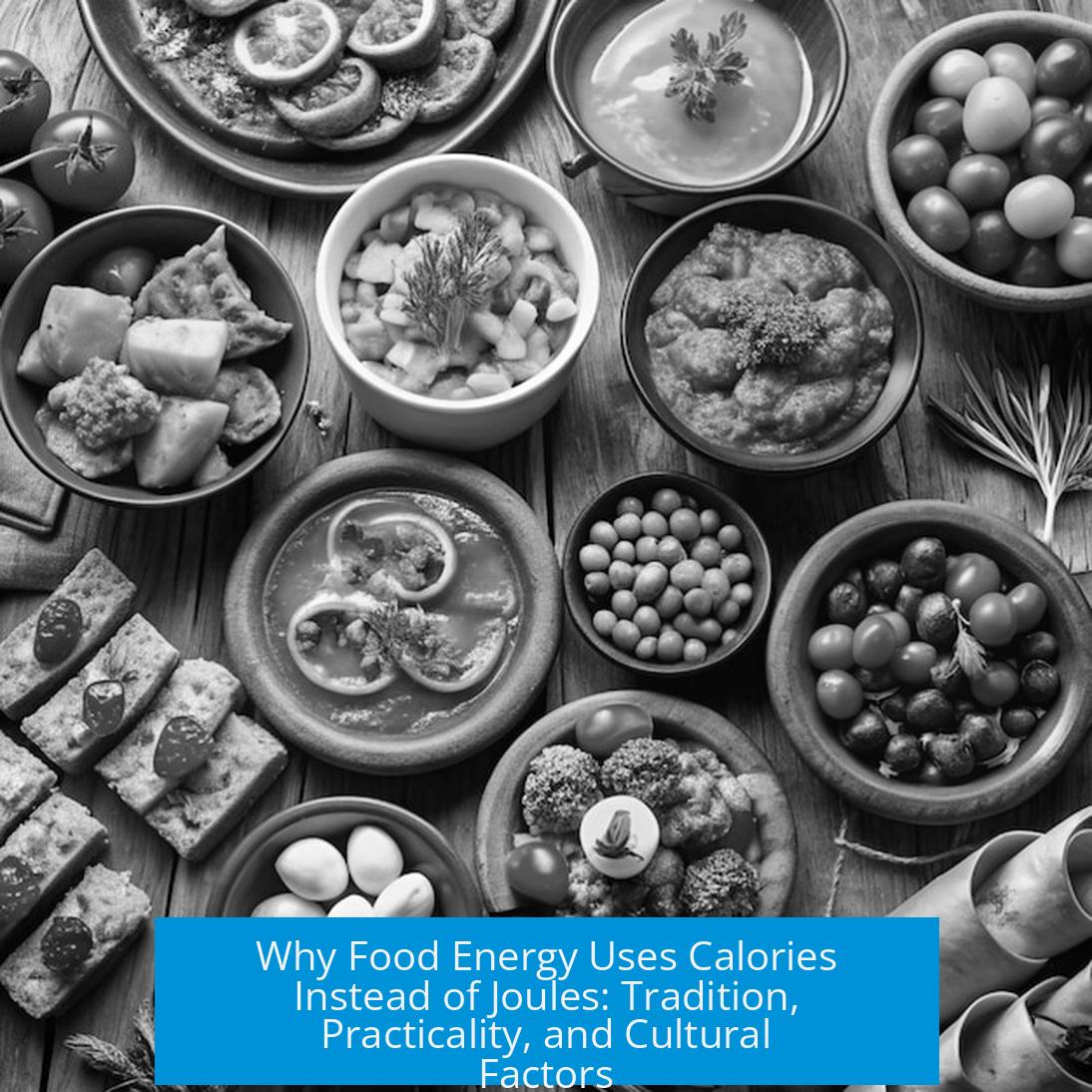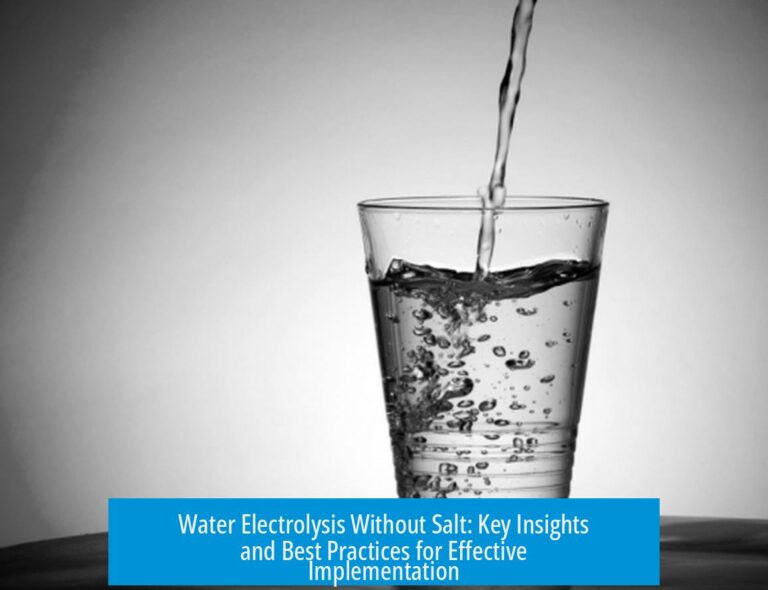Why Is Energy in Food Measured in Calories Instead of Joules?

Energy in food is measured in Calories instead of Joules largely because of historical origins, practical chemistry reasons, and cultural persistence. The calorie unit predates the joule and is directly tied to water heating, making it an intuitive measure for food energy. Despite the global adoption of the joule as the SI unit for energy, calories remain standard on food labels, especially in the United States, due to tradition, convenience, and public familiarity.
1. Historical Definition and Convention

a. The Calorie Predates the Joule
The calorie was defined well before the joule. Initially, energy measurements related to heating water led to the calorie’s establishment. Later, when the International System of Units (SI) was created, the joule replaced the calorie as the standard unit of energy.
Despite this, food energy measurement has retained the calorie. This persistence highlights how deeply ingrained the calorie is in dietary contexts, making it a unique holdout from a unit otherwise superseded in science and engineering.
b. A “Weird” Convention That Persists
In the US, dietary calories are technically kilocalories (kcal), but the term “Calorie” with a capital C is commonly used. This distinction often confuses people. This unusual convention dates back to early scientific efforts but continues in use due to inertia and common practice.
2. Practical and Intuitive Reasons Linked to Water
a. Definition Based on Heating Water
A calorie is defined as the amount of energy required to raise the temperature of one gram (or one milliliter) of water by one degree Celsius at one atmosphere pressure. This makes it a tangible and directly measurable quantity based on a common substance.
- 1 calorie (cal) raises 1 g of water by 1 °C.
- 1 kilocalorie (kcal) raises 1 kg (1 liter) of water by 1 °C.
b. Water in Chemistry and Biology
Much chemical and biological work involves reactions in aqueous solutions. Because the food and biological systems largely consist of water-based materials, using calories closely linked to water’s thermal properties simplifies energy calculations involving heat transfer and metabolism.
For example, specific heat capacity calculations for water often use calories directly to avoid conversions, which makes the calorie more convenient in biochemical contexts.
3. Convenience in Usage and Mental Arithmetic
a. Calories Produce Manageable Numbers
Calories yield smaller, easier-to-remember values compared to joules or kilojoules when expressing food energy. This simplification aids nutrition professionals and consumers alike.
For instance, a typical candy bar may have 250 Calories but 1045 kilojoules, a less straightforward figure to interpret daily.
b. Avoiding Constant Conversion Factors
Since 1 calorie equals 4.184 joules, dealing with joules often requires managing this conversion factor repeatedly. Using calories aligned with water’s thermal properties helps bypass conversion during routine food energy calculations.
c. Tradition and Hesitance to Change
Many professionals prefer the calorie because of habit and convenience. Changing all existing measurements and educational material to joules involves extensive effort.
Such reluctance mirrors other domains that maintain older units for practical reasons, despite scientific advances.
4. Cultural and Regional Differences
a. Worldwide Usage of Joules
Most countries, including European nations, Australia, and Morocco, use joules or kilojoules (kJ) on food labels. Some combine both kcal and kJ. This aligns with the International System of Units.
b. United States Holds on to Calories
The US remains the primary country using Calories exclusively for food energy labeling. Reasons include tradition, the influence of the weight loss and nutrition industries, and marketing convenience.
There is also some resistance culturally toward metric or scientific units perceived as unfamiliar by the general public.
c. Marketing and Familiarity
Using calories helps companies market products with familiar concepts. Smaller, round-number Calories appear more meaningful to consumers than kilojoules, which might be confusing or less memorable.
5. Conversion Factors and Unit Relationships
| Unit | Equivalent Energy |
|---|---|
| 1 calorie (cal) | 4.184 joules (J) |
| 1 kilocalorie (kcal) / 1 American Calorie | 4184 joules (4.184 kJ) |
This relationship emphasizes that the calorie is a larger energy unit than the joule. Using calories reduces numerical complexity in dietary energy numbers. Other energy units—electron-volts, ergs, kilowatt-hours—are used in specific scientific fields but rarely in nutrition.
6. Summary of Key Points
- Historical Root: The calorie was defined first, linked directly to heating water, making it intuitive.
- Biological Relevance: Much food and metabolism chemistry involves water, aligning well with the calorie unit.
- Convenient Numbers: Calories yield smaller and more manageable figures than joules.
- Habit and Culture: Ammple cultural inertia maintains calorie usage, especially in the US.
- Global Trends: Most countries use joules or kilojoules, often alongside calories.
- Conversion Ease: Calories avoid the frequent use of the 4.184 conversion factor between units.





Leave a Comment